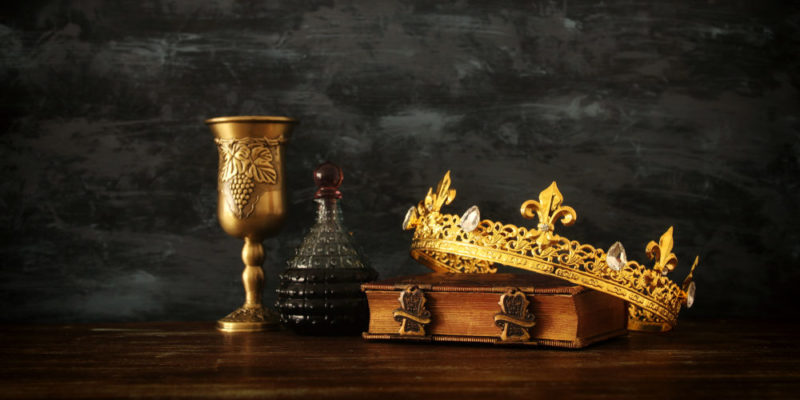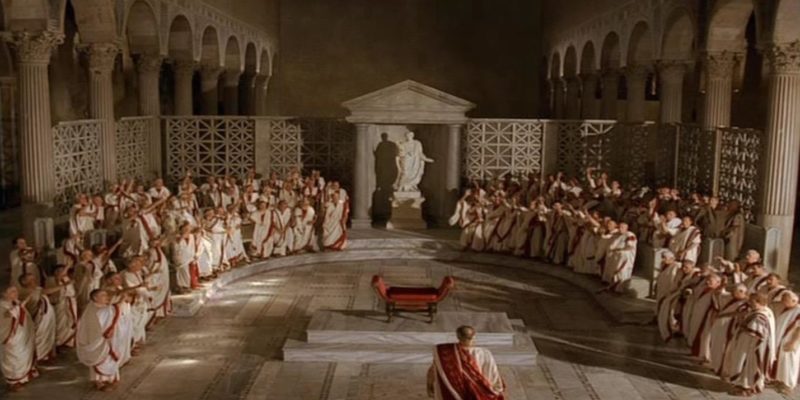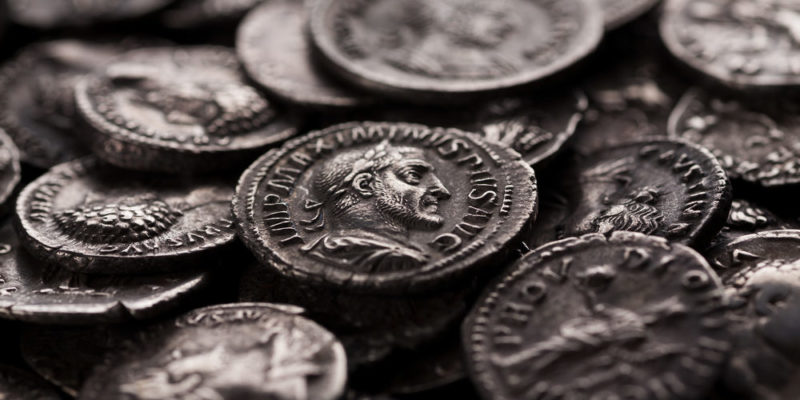We explain what the Roman monarchy was, the dynasties and the kings that were part of it. In addition, its economic, social organization and more.
What was the Roman Monarchy?
The Roman Monarchy was the first of the three stages in which the development of the government of Ancient Rome was divided . During the monarchical period, between 753 a. C. and 509 a. C., seven kings ruled.The seven monarchs of Rome stood out for employing a great military force that allowed them to occupy more territories and expand their empire. In addition, through strategic alliances with people nearby could increase the number of troops.
The monarchy declined and was supplanted by the second stage, the Republic of Rome, which took place between 264 and 146 BC. It was considered the most significant period because it managed to establish Rome as the dominant power .
The third and last stage was the High Empire that took place between 27 BC. C. and 476 d. C. It was characterized by an autocratic government that decided without taking into account laws or powers that regulate it.
Dynasties of the Roman Monarchy
 The Roman dynasty ruled for 244 years and consisted of seven monarchs . The first was Romulus, who founded the city of Rome. The rest of the six kings were chosen by the Senate in representation of the town, and not by the blood lineage.
The Roman dynasty ruled for 244 years and consisted of seven monarchs . The first was Romulus, who founded the city of Rome. The rest of the six kings were chosen by the Senate in representation of the town, and not by the blood lineage.The seven kings of the Roman Monarchy were:
- Romulus. He ruled between 753 and 716 BC. It was the monarch who founded the city of Rome and who implemented the monarchical government system. It carried out great atrocities in an effort to populate its territory, summoning various peoples and groups, such as slaves, fugitives and refugees, through deception and force.
- Numa Pompilius. He ruled between 716 and 674 BC. He was a monarch who was interested in legal and religious institutions and who managed to instruct the population to worship their gods. He made adjustments to the calendar proposed by Rómulo, such as adding the months of January and February. In addition, he built the temple of Janus.
- Tulio Hostilio. He ruled between 674 and 642 BC He was a warrior in the style of Romulus and moved away from the doctrine and worship of the gods that his predecessor, Numa Pompilius, had promoted. His zeal in the art of war, especially against the Albanians (Sabines), made Rome become the leading power in the region.
- Anco Marcio. He ruled between 642 and 617 BC. C. He was a religious monarch and thinker who knew how to promote trade with neighboring towns. He built prisons, walls, bridges, and the port of Ostia on the Tiber River that allowed Rome to become a center for the exchange of goods.
- Tarquinio Prisco. He ruled between 617 and 578 BC. C. He was the first king of Etruscan origin and managed to win numerous wars that allowed him to expand the Roman territory. He introduced Etruscan art and religion into Roman culture, which is why this period is considered the most enlightened of the monarchical period. In addition, he built a sewer network, the Roman forum, the maximum circus and the foundations of the Temple of Jupiter.
- Servio Tulio. He ruled between 578 and 534 BC. C. He was one of the monarchs most appreciated by the population, among other issues, because he drew up a new constitution that recognized the distinction between social classes according to their level of wealth. He carried out the first census in history and the right to vote was established according to economic wealth, so that power was still reserved to an elite.
- Tarquin the Proud. He ruled between 534 and 509 BC. He was a monarch of Etruscan origin who exercised his power and control through violence and terror in a way unprecedented in the history of Ancient Rome. He went mad and executed several senators. His despotism was the reason why the monarchical system fell and there was no other king after his rule. Among his important works he managed to finish the construction of the temple to Jupiter.
Political organization of the Roman monarchy
 The political organization during the Roman Monarchy was made up of three main sectors:
The political organization during the Roman Monarchy was made up of three main sectors:
- The king. He was the highest authority occupying the role of supreme priest, judge, and military chief. The king was chosen by the popular assembly with the intervention of the Senate.
- The popular assembly. It was made up of citizens and was summoned by the king to approve or reject the laws by unanimous acclamation. The convocation took place in the Capitol.
- The Senate. It was made up of three hundred elderly patrician parents who fulfilled the function of advising the king and presenting the candidates for the succession to the throne. It consisted of a lifetime position, that is, they held it for their entire lives.
Social organization of the Roman monarchy
The social organization during the monarchical period was divided into three well differentiated groups:
- The patricians or free men. They made up the aristocratic class that had full rights of citizens, they were descendants of the founders of Rome.
- The commoners. Made up the largest class composed of foreigners, freedmen, vagabonds and inhabitants of the cities were engaged in agriculture, trade, industry and paid taxes to the government even though they were deprived of various rights.
- The slaves. They formed a social class totally deprived of their rights, to the point of being treated as objects. They were prisoners of war bought in the markets to be used in forced labor.
Economy during the Roman Monarchy
 The economy during the Roman Monarchy was highlighted by agricultural activity , the exchange system and community trade with neighboring towns. They traded goods of the most varied, such as cereals, metals , weapons and even slaves to work in agriculture.
The economy during the Roman Monarchy was highlighted by agricultural activity , the exchange system and community trade with neighboring towns. They traded goods of the most varied, such as cereals, metals , weapons and even slaves to work in agriculture.
Religion during the Roman Monarchy
Roman religion was polytheistic and formed an important part of the daily life of the population . They worshiped various deities, but the most important was Jupiter, the king of the gods who together with his wife Juno, the goddess of heaven, ruled the rest of the deities. The priests were only in charge of the cult, they did not constitute a caste nor were they representatives of the divinity as were the kings.The above content published at Collaborative Research Group is for informational and educational purposes only and has been developed by referring reliable sources and recommendations from technology experts. We do not have any contact with official entities nor do we intend to replace the information that they emit.
MA student of the TransAtlantic Masters program at UNC-Chapel Hill. Political Science with a focus on European Studies. Expressed ideas are open to revision. He not only covers Technical articles but also has skills in the fields of SEO, graphics, web development and coding. .
Leave a reply
Your email address will not be published. Required fields are marked *Recent post

Sport: What Is It, Types, Risks, Features, Characteristics and Examples
September 23, 2021

Dogs: Emergence, Features, Characteristics, Feeding and Breeds
September 24, 2021

Story: Definition, Elements, Structure, Features and Characteristics
September 24, 2021

Essay: Definition, Structure, Features, Characteristics, How to Do It
September 24, 2021
